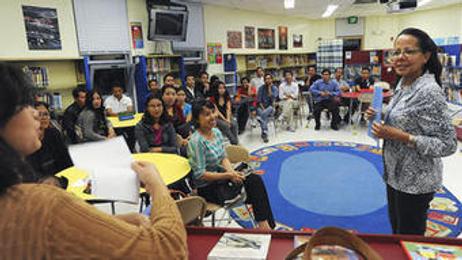In light of the recent recession, many schools are being forced to cope with serious budget cuts and impending financial setbacks. As a result, some schools with more grave financial needs may be forced to either close down or shift a majority of their student population to alternative surrounding schools.
Adding to budgetary issues, many public schools are beginning to reassign students to ensure that everyone receives equal educational opportunities, regardless of one’s socioeconomic status. Ultimately, all parents are beginning to wonder: Will public schools soon reassign my child?
The New Wave of School Re-Assignments
School Budgets
In areas that have been severely impacted by local job loss and recession struggles, schools may be forced to cope with such setbacks by closing various campuses and / or removing teacher positions.
For example, Detroit’s automobile industry layoffs have severely hindered the local economy, and the region currently holds the nation’s highest unemployment rate. As a result, these former tax-paying residents are no longer receiving their standard income. Ultimately, without taxable steady incomes, schools lose funding, as a large portion of public school funds are provided by income and property taxes from local residents.
Adding to the burdens of local lay-offs, many unemployed workers may relocate to a new area to seek work. Not only does this reduce tax dollars contributed to school funding, but the number of students in each district falls as well. With a decrease in the student population, schools






















